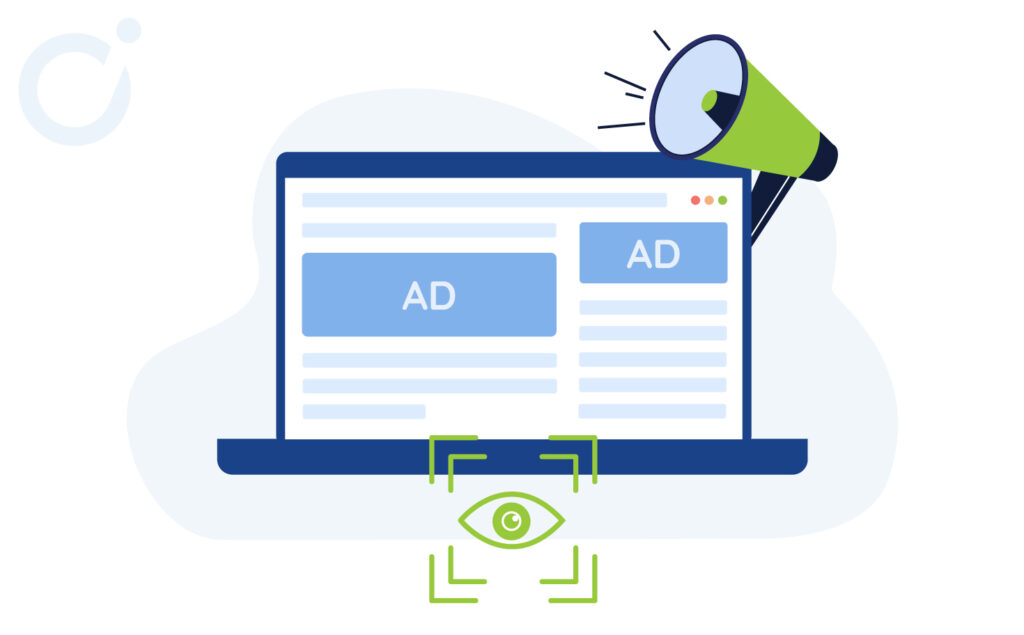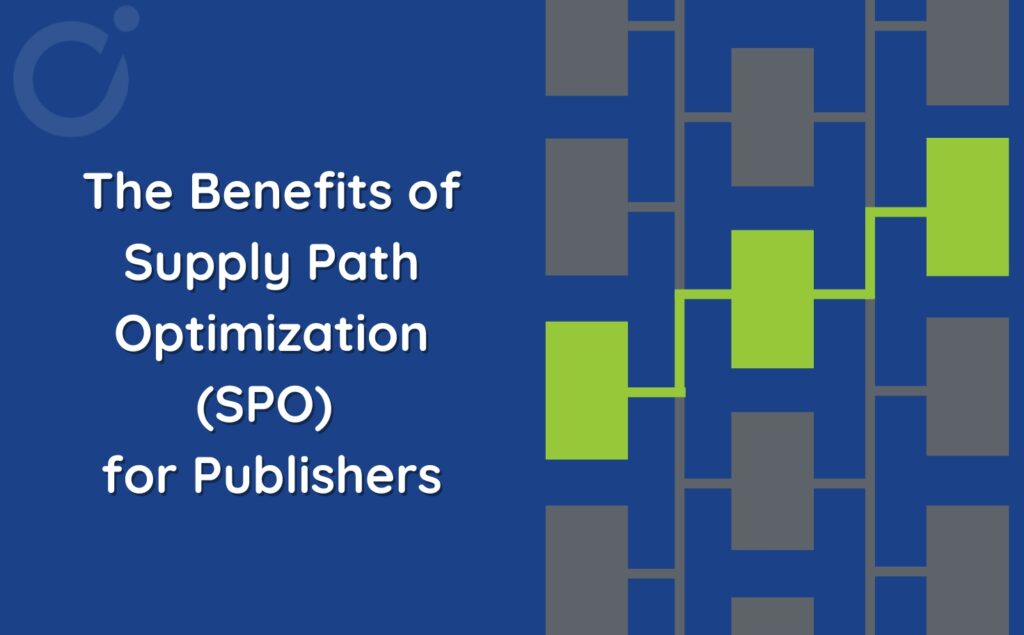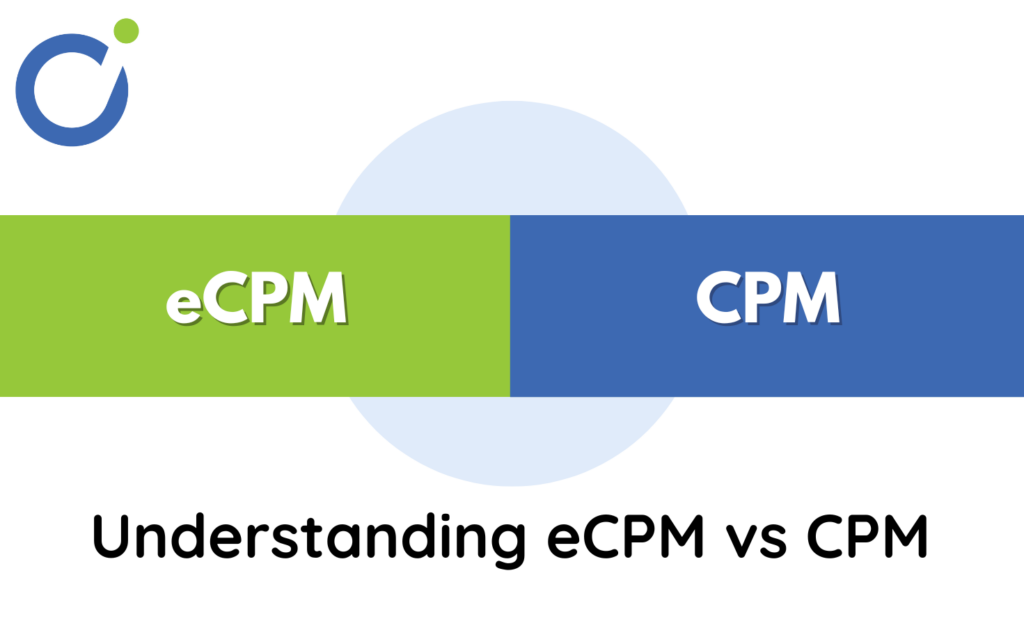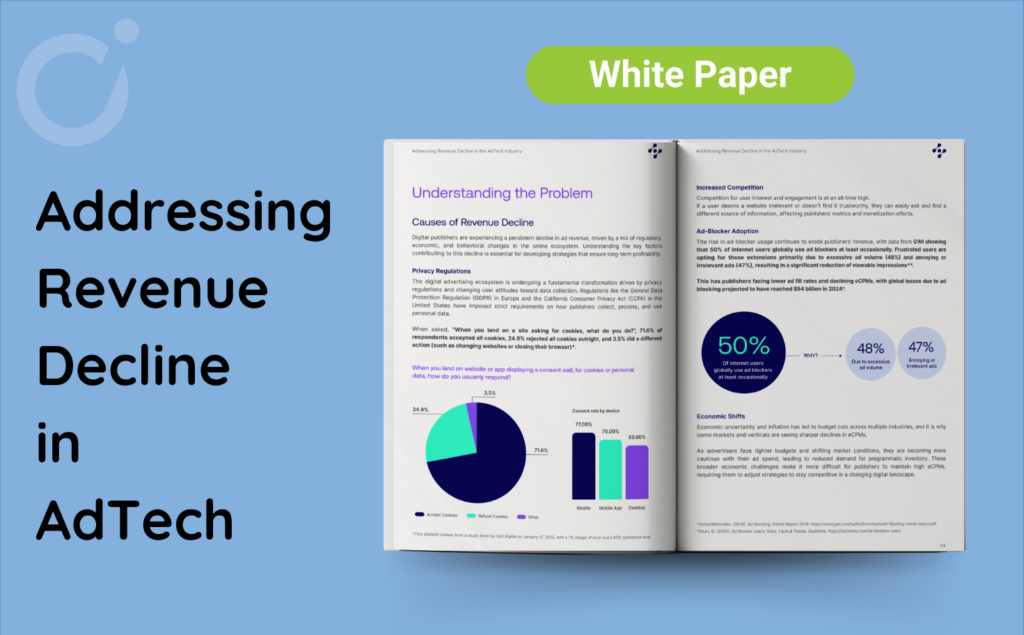In the ever-changing AdTech landscape, attention metrics have emerged as a pivotal solution for advertisers seeking to maximize the impact of their ad campaigns without tracking cookies. While traditional metrics like viewability rate offer valuable insights, they fall short of capturing real user ad engagement. Attention measurement solutions delve deeper, providing a comprehensive understanding of how users interact with ads and offering advertisers a more accurate analysis of campaign effectiveness. How is attention measured, and how does it differ from viewability? Why is it imperative for the market to standardize these metrics? Let’s delve into these questions to gain a deeper understanding.
Attention metrics: the new currency for advertisers.
A lot of data comes into play when it’s a question of improving the ad income and overall, the ad performance; Among them, the viewability metric. This is the percentage of the ad area visible in the active screen for a given period of time.
To understand better the viewability, read advertising viewability: your best ally in boosting your eCPMs
However, viewability alone doesn’t provide a complete picture. It doesn’t really answer the question: “Did the user pay attention to the ad?” as an ad can be shown in the viewport without having been viewed by the end user, probably focusing on the content. But seeing an ad and engaging with it are totally different things. Viewability doesn’t indicate whether a user was actually paying attention. Still considered as one of the standard investing criterion by advertisers, viewability is not enough to ensure campaign’s ROI and evaluate an inventory quality. As a result, buyers are increasingly turning to attention metrics to get a better sense of how much consideration an ad is getting. These metrics reveal deeper ad engagement than mere viewability, providing valuable insights into user interaction.
In addition, with the decline of third-party cookies (3PC), advertisers also face challenges in accurately measuring ad effectiveness. Attention insights offer a solution in this cookieless era, offering a more precise way to measure the ad impact. Indeed, unlike 3PC, attention metrics like dwell time and interactions reveal genuine interest, a far more valuable gauge of success. Most importantly, they prioritize user privacy by relying on anonymized data or user opt-in.
By combining attention data with contextual information, buyers can get valuable insights to optimize inventory targeting and refine messaging. Indeed, they can identify domains and contexts with relevant content, increasing the chance of genuine user interest in the ad. They also can tailor ad messaging to better resonate with the audience suggested by the surrounding content.
Several data points to measure attention.
Recognized by the IAB, attention metrics are revolutionizing the way advertisers measure ad effectiveness in a cookieless world. By assessing how focused viewers are on ads, they offer a chance to refine media buying strategies based on actual ad engagement, not just viewability rates. This ability empowers advertisers to make data-driven decisions and optimize their investments. However, measuring attention isn’t a one-size-fits-all approach. It involves a nuanced analysis that combines various data points from panels or from users such as engagement heatmaps, ad mouse-overs, video ad completions, clicks through, post-click conversions, and ad density, i.e., the number of ads displayed on a page.
A variety of attention measures are at advertisers and publishers disposal. One powerful technique includes eye-tracking, which quantifies eye movements. By employing Machine Learning models on data collected from eye tracking panels, buyers gain insights into users’ focus. By understanding user focus patterns, they can ensure ads are placed in the best location, ultimately improving the overall ad impact.
At Opti Digital, our proprietary ad format captures signals in real time to predict the time an ad remains in view on the active screen and the engagement level. Our proprietary technology Opti Engage combines this data with a range of other aggregated data to segment audiences and bid dynamically according to user attention with remarkable granularity and accuracy. Armed with this knowledge, our model makes strategic bidding decisions that guarantee publishers a higher bid rate and a strong CPM on ad units where a high level of attention is predicted. It delivers high value ad campaigns from advertisers that pay a higher price for such a premium inventory, maximizing their impact and driving superior results to both sides of the ecosystem.
Learn more about our innovating ad format, Opti Engage.
Standardizing attention measurement.
Despite its promise, attention measurement and application face some significant challenges. Analyzing attention can be complex and fragmented due to data pouring in from various sources. Establishing a clear and universally accepted definition is crucial, one that would align with industry guidelines and legal support built by pioneer organizations and governing bodies such as the IAB (Interactive Advertising Bureau). Ideally, the level of attention should be passed in the bid request in the Open RTB protocol. Another complexity for advertisers and publishers is the need to collaborate with third-party partners to access attention metrics, which creates trust in a sector used to fraud. At Opti Digital, our role is to bring reliable curated traffic based on attention to brands while offering a strong demand source to publishers. Our product Opti Engage comes with a robust model reinforced with predictive analysis of attention.
For advertisers, standardizing attention is crucial for distinguishing between valuable (premium) traffic and fraudulent traffic, where clicks or views are generated by bots or misleading practices. They are currently paying more attention to made-for-arbitrage (MFA) subdomains, filtering out their traffic as they deliver low-quality ad engagement, which leads to wasted ad spent. However, there are still a lot of budgets spent on these websites, promising high viewability rate and premium traffic.
In essence, standardized attention metrics empower advertisers to make data-driven decisions, identify quality traffic, and ultimately achieve success in their advertising campaigns. By working towards a common understanding and set of standards, we pave the way for more transparent and effective advertising practices across the sector.
According to a study from EMARKETER published in January 2024, an ad viewed for 3 seconds has 50% more chances to lead to conversions, which definitely highlight the need for attention metrics. They are the evolution beyond viewability data, by revealing true engagement with the ad. They also offer a more accurate and privacy-conscious way to gauge ad effectiveness in a world without cookies.
Don’t hesitate to contact us if you are willing to know more about Opti Engage.






